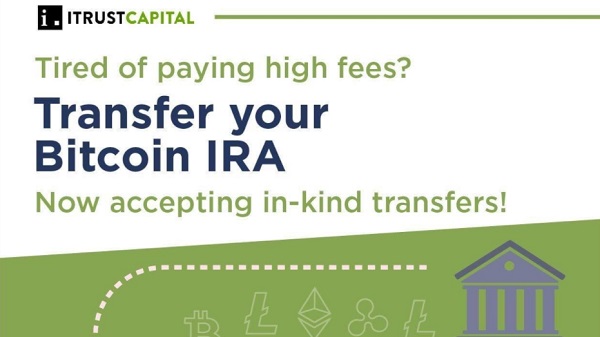
A Zimbabwean artist, Greatjoy Ndlovu, joined the growing list of African artists pivoting to the non-fungible tokens (NFT) market after his digital artwork was sold for 0.7 ethereum. The sale, which took place on the Async Art NFT marketplace, is Ndlovu’s first foray into the digital art space.
NFTs an Opportunity for African Artists
According to a report, Ndlovu’s digital art piece, which is called Burnt Out, depicts the challenges that were experienced by health care workers who were fighting to stop the spread of the Covid-19 pandemic.
In addition, the report says Ndlovu is hopeful that his break into the NFT space will help “inspire many young creators to take a leap and test the market themselves.” According to the artist — who also serves as the Ambassador of SOS Children’s Village — NFTs represent an “alarmingly bright future” for African art makers.
Artists Embrace NFTs
Meanwhile, with this pivot to NFTs, Ndlovu joins Nyasha Warambwa and Indigo Saint, the first artists from Zimbabwe to embrace NFTs. Warambwa, who also goes by the name “Hulio,” reportedly revealed via social media that his two NFTs had been sold for 1.55 ETH (or over $5,700 at current prices).
Indigo Saint, on the other hand, is believed to have sold his NFT inside the first four hours of listing. The works were sold “at a price of 50 SOUL coin which was valued at US$29 on the day.”
However, despite the three artists’ positive remarks about NFTs, some Zimbabweans on social media are raising concerns about a bubble. For instance, one Zimbabwean social media user known as Link Marine remarked: “[An] NFT crash is imminent…only a few months or even weeks.”
Do you see NFTs as a bubble? You can share your views in the comments section below.
Image Credits: Shutterstock, Pixabay, Wiki Commons
Disclaimer: This article is for informational purposes only. It is not a direct offer or solicitation of an offer to buy or sell, or a recommendation or endorsement of any products, services, or companies. Bitcoin.com does not provide investment, tax, legal, or accounting advice. Neither the company nor the author is responsible, directly or indirectly, for any damage or loss caused or alleged to be caused by or in connection with the use of or reliance on any content, goods or services mentioned in this article.






Be the first to comment